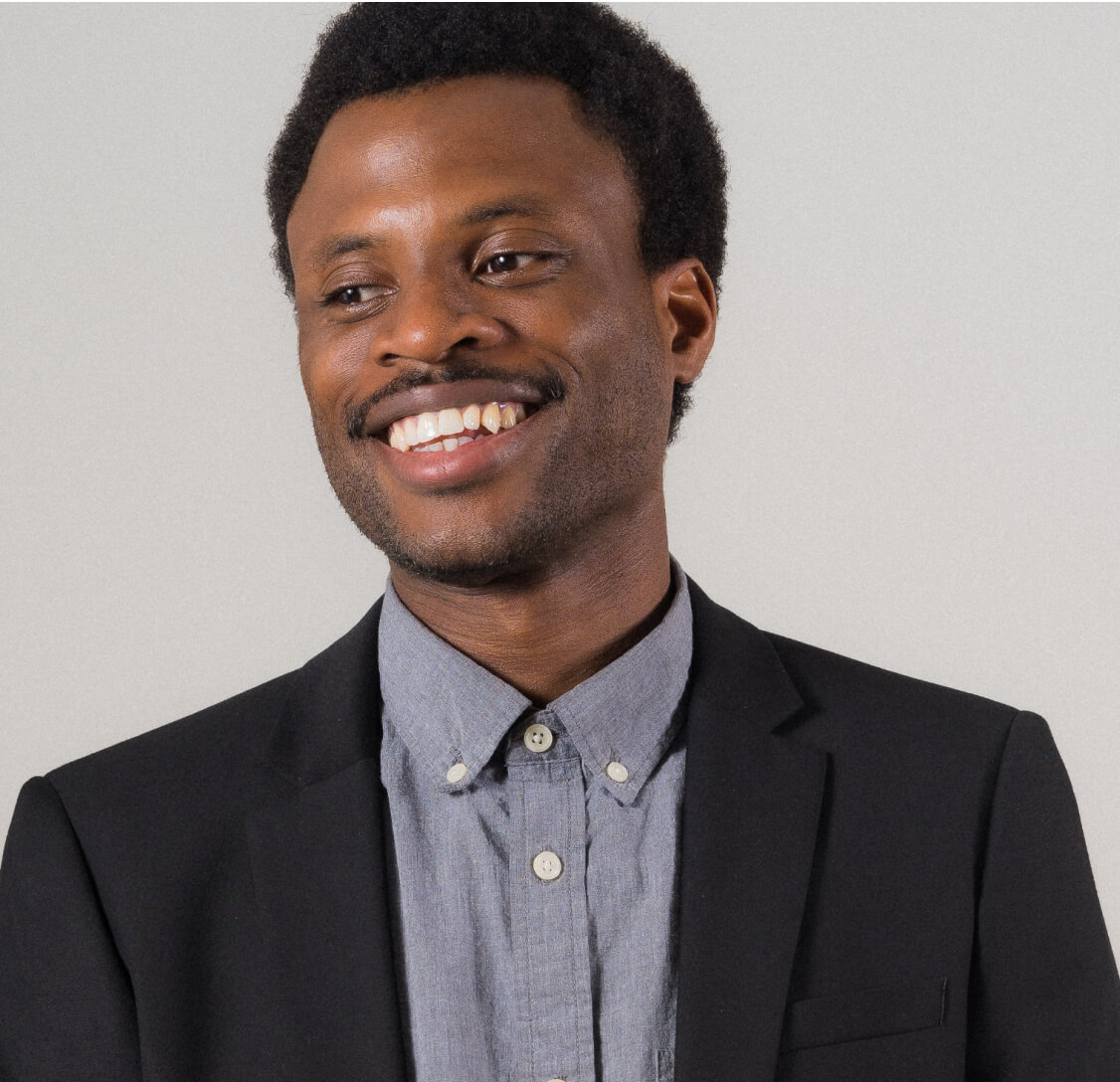Many immigrants who move to Canada as permanent residents, students, temporary foreign workers, or refugees eventually become citizens. Canada has one of the highest immigrant citizenship rates among major Western countries.
As a newcomer to Canada, you may have questions about becoming a Canadian citizen. In this article, we’ll explore the benefits of obtaining Canadian citizenship, dive into the eligibility criteria, and outline the process in detail so you’ll know what to expect on your path to citizenship.
What does citizenship mean?
Citizenship refers to a person’s legal status in a country. Canadian citizenship can be obtained either by birth or by a process called “naturalization.” Immigrants who come and settle in Canada and meet the citizenship criteria may be eligible to apply for Canadian citizenship by naturalization.
What are the benefits of Canadian citizenship?
There are many benefits to becoming a Canadian citizen. Some of them are:
- No need to renew your permanent resident (PR) card: If you are a PR, you must stay in Canada for two years in any five year period to keep your PR status active. Failure to meet permanent residency requirements can lead to the loss of your PR status. As a Canadian citizen, you can get a Canadian passport – which means you don’t have to renew your PR card. You can also travel and live outside the country for as long as you like without losing your citizenship status.
- Be actively involved in politics: In addition to voting rights in federal, provincial and municipal elections, citizens can run for office as independent candidates or join an established party.
- Your children will be Canadian: Children born in Canada to Canadian citizens are regarded as Canadian citizens. They don’t have to go through an application process. Some children born outside Canada are also citizens at birth if at least one parent was born or naturalized in Canada.
- Maintain dual citizenship: Canada supports dual citizenship. Depending on the rules in your home country, you may have the option to get dual citizenship.
- Get a powerful passport: According to the Passport Index, the Canadian passport is ranked within the top 20 passports in the world. As a visitor, it lets you travel visa-free to 66 countries and enables visa-on-arrival in 40 countries.
- Have more options while applying for jobs: Citizens can qualify for certain jobs that require a high-level security clearance. These jobs are known to pay well and have many benefits.
- You cannot be deported: If you are a Canadian citizen and do not hold any other citizenship (dual citizen), you are not at risk of being deported. Deportation is when immigration authorities order you to leave Canada. People who are deported are sent back to their country of origin.
Eligibility criteria for Canadian citizenship
To be eligible to become a Canadian citizen, you must:
- Be a permanent resident;
- Have lived in Canada for at least three years (or for at least 1,095 days) out of the last five years before applying;
- Have filed your taxes (if you need to) for at least three years during the five years before your date of application;
- Pass a citizenship test (if you are between 18 to 54 years of age);
- Prove your language skills in English or French; and
- Not have a criminal record.
Note: You don’t automatically become a citizen when you marry a Canadian. If you’re the spouse of a Canadian citizen, you must meet the same requirements listed above.
Tip: You can check your eligibility on the government website by answering a few simple questions.
What is the process to apply for Canadian citizenship?
If you meet all the eligibility criteria, you can follow the steps outlined below to apply for Canadian citizenship:
Step 1: Calculate your physical presence in Canada
You (and some minors, if applicable) must have been physically in Canada for at least 1,095 days (three years) during the five years before the date you sign your application.
Tip: Use a travel journal to record your trips outside Canada. This helps you calculate how many days you’ve been in Canada (your physical presence in Canada).
Step 2: Get an application package
To apply for citizenship, you will need to download the application package. This application package includes the instruction guide and all the forms that you need to submit. You can use the instruction guide and the document checklist to ensure you don’t miss anything.
Step 3: Fill out the form and include all supporting documents
Make sure your application is complete before sending it. An incomplete application will be returned to you – this will delay your citizenship process because you will have to resubmit your application.
You can prevent this by:
- Fully filling out the application form; write “n/a” if the question does not apply to you;
- Signing your application;
- Paying the correct fee;
- Attaching two certified citizenship photos; and
- Including all required supporting documents and translations (if necessary). Some key supporting documents include:
- A copy of your immigration documents (Record of Landing or Confirmation of Permanent Residence or PR Card);
- Language proof;
- Copies of your passport and/or travel documents;
- School records;
- Two pieces of photo identification;
- Fee payment receipt;
- A copy of your Residence Calculator results
Tips:
- Your PR card is not considered a photo identification piece, so be sure to use alternate photo identification such as driver’s license, provincial photo ID, health card, etc.
- Make sure you use a version of the application form dated October 2017 or later. You can find the version date on the bottom left corner of the form. For example, “CIT 0002 (01-2019)” means the version date is January 2019. The date you sign or mail your form does not change the version date.
Step 4: Pay the application fees
Once you fill out the citizenship application, you will need to pay the application fees online. Your fees depend on whether you’re an adult (age 18 and over) or a minor (under age 18). The application fees may include the processing fee and the right of citizenship fee. If you’re submitting more than one application at the same time, you can pay all the fees together. You should only pay your fees once you’re ready to submit your application. Make sure to include the fee receipt with your application.
Here’s an overview of the citizenship application fees:
- For each adult application (18 years old and older): $630 CAD
- Processing fee: $530 CAD
- Right of citizenship fee: $100 CAD
- For each minor application (less than 18 years old): $100 CAD
Step 5: Submit your application
Before you submit your application, make sure you:
- Sign the application form;
- Date the form the day you sign it (don’t use a date in the past or future);
- Have the same signature date on the application form and physical presence calculator printout; and
Send your completed application package by mail or courier as soon as possible after you sign and date the application form. If it’s dated more than 90 days before Immigration, Refugees and Citizenship Canada (IRCC) receives it; they will send it back to you.
Tip: If you’re applying for more than one person and want IRCC to process your applications at the same time, put all applications in the same envelope.
When your application is complete, you will need to mail it here:
| Regular Mail: | Courier: |
|---|---|
| Case Processing Centre – Sydney Citizenship Grants P.O. Box 7000 Sydney, Nova Scotia B1P 6V6 Canada |
Case Processing Centre – Sydney Citizenship Grants 47–49 Dorchester Street Sydney, Nova Scotia B1P 5Z2 Canada |
| Timelines to process a Canadian citizenship application According to the average estimates provided by IRCC, it can take an average of 12 months from when the government starts processing a complete application to when you become a Canadian citizen. |
|---|
Step 6: Prepare for and take the citizenship test
Once IRCC reviews your application and finds it to be complete, they will start processing the application and send you an acknowledgement of receipt (AOR) letter. This letter will mention your unique client identifier (UCI) which you can use to check your application status.
At this stage if your application is found to be incomplete, they will return it to you with a letter that explains why your application is incomplete and outline what the next steps are.
You may also be asked to submit your fingerprints, which must be taken electronically. You can arrange to have them taken through your local police service, the Royal Canadian Mounted Police (RCMP), or an RCMP-accredited fingerprint company.
Whether you have to take the test or go to the interview depends on your age and application. You may be invited to take the citizenship test within weeks after IRCC sends you the acknowledgement of receipt (AOR) letter. About one to two weeks before the test, they will send you a notice with the date, time, and location.
The citizenship test is based on the official citizenship study guide, Discover Canada: The Rights and Responsibilities of Citizenship. There are also various apps to help you practise for the test. You can take the test in English or French. It is 30 minutes long with 20 multiple-choice and true or false questions about the rights and responsibilities of Canadians and Canada’s history, geography, economy, government, laws, and symbols. You need to get 15 correct answers to pass the test.
Step 7: Attend an interview
Immediately after the test, you’ll meet with a citizenship official for an interview. During the interview, the citizenship official will:
- Give you the results of your test, if you had one;
- Check your language skills, if you’re between 18 and 54 years of age;
- Verify your application and original documents;
- Ask any questions they may have about your application; and
- Make sure you meet all the requirements for citizenship.
If you pass and meet the other requirements for citizenship, IRCC may:
- Give you a ceremony date at the same time they give you the test results; or
- Email or send you a letter with the date and time of your ceremony.
If you don’t pass your first written test, but meet the other requirements for citizenship, IRCC will schedule you for a second test. The second test usually takes place four to eight weeks after the first test, but it may be longer. If you don’t pass your second test, they will send you a notice telling you to attend a hearing with a citizenship official. If you don’t pass the test after three tries, your application will be refused. You can then re-apply to try again.
Step 8: Take the Oath of Citizenship at a citizenship ceremony
This is the final step in becoming Canadian. The ceremony usually takes place within three months after your test.
Citizenship ceremonies take place across the country and at all times of the year. There are special ceremonies on Canada Day and during Citizenship Week. Adults and children aged 14 or over must go to the citizenship ceremony and take the oath. Parents will get certificates of citizenship for their children under age 14. Children under age 14 don’t have to go, but are welcome to.
A citizenship judge or official will preside over the ceremony and lead the Oath of Citizenship. During your ceremony, you will:
- Take the Oath of Citizenship;
- Get your citizenship certificate;
- Sign the Oath or Affirmation of Citizenship form; and
- Sing the national anthem, O Canada.
Once you take the Oath of Citizenship, you’ll be a Canadian citizen. As a new citizen, you can apply for a Canadian passport.
Canada’s welcoming immigration policies offer many ways those interested to live, work, and settle in Canada. These pathways are often the first step in the journey to eventually becoming Canadian. Becoming a citizen and obtaining a Canadian passport can take a while but it’s well worth the wait!
|
Get the most up-to-date and relevant information, resources, and tools, personalized to match your unique Canada journey – all in one place. |




